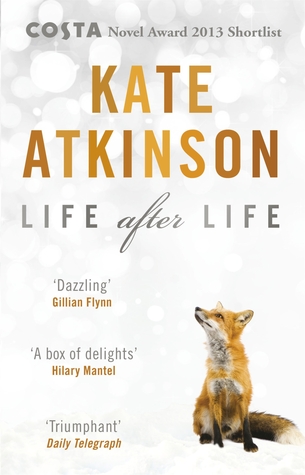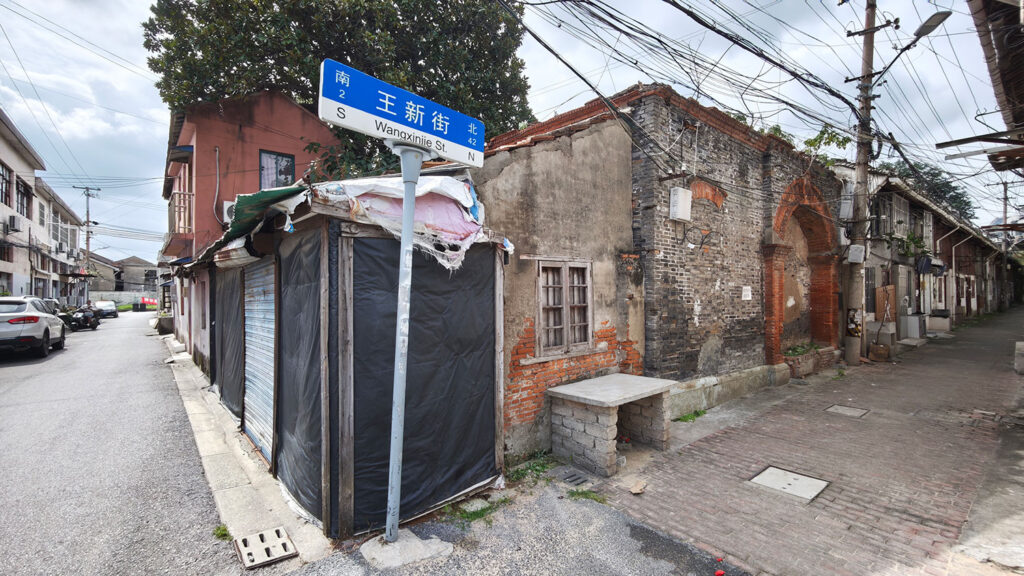It took me in between hundred to two-hundred pages to get into this book, and even after that, the pace of ‘Life after life’ comes and goes. Some pages are so full of Ursula stepping over carefully described objects or through carefully decorated rooms. The high-level English is an obstacle for me, and Atkinson’s writing doesn’t help. Historic items come along; a Petter engine, a Halifax, a Purdey gun, or a meerschaum pipe, and every time I need to google it for a picture. If that isn’t enough, there are foreign words like endroit or ‘Es nahet gen den Tag’, annoyingly added without translations. Finally, I sometimes had to look up characters due to the sheer number of them.
Luckily, ‘Life after life’ has more to offer than these small annoyances. There are brutal passages from which you need to catch your breath, as well as familiar parts that feel warm and comfortable. The paragraph jump between time and events — just like memories often work — and there are clues hidden on purpose, for you to discover and put together later. Kate Atkinson’s book isn’t the most exciting of all, nor the easiest to read, but a beautiful book nonetheless — with threads of time woven and untied and tied anew.




